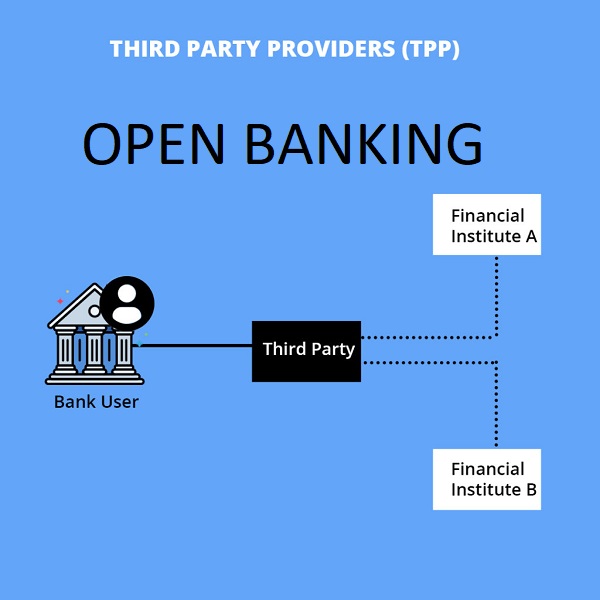Should startups begin with an exit in mind?
There are different ways of looking at this question. When founders present their companies and have a fully fleshed-out exit strategy, it might spook investors.
At the early stage of your startup, it’s nearly impossible to construct an exit strategy. At a time when you’re still figuring out product-market fit, user retention, product roadmap and other vital parts of the business, considering an exit strategy is premature.
Investors want founders to focus on building their business and adding value with the least distraction possible. The saying goes that any strong company can fundraise (or exit). An exit event is an important milestone for a company. It doesn’t necessarily mean a departure for the founder.
When and how to exit
The timing and exit strategy are crucial to maximising the returns of the VC firms and founders.
In reality, there’s no definitively optimal time to exit. As the future business circumstances are not set in stone and are extremely difficult to plan out, an exit is more a matter of the reasons to exit and in which circumstances the startup is ready to do so.
The first myth is that startups’ original exit plans come to fruition. There are too many unforeseen situations to predict what an exit will look like five or seven years later.
The reality of when to exit needs to be supported by how to exit. Founders and shareholders can explore several avenues, but what is more important is to make sure incentives align across all parties.
The technicalities of an exit will differ from case to case, but there are a few similarities.
The most important one is getting the house in order. It doesn’t matter whether you’re preparing for an exit or a late-stage fundraising round — on both occasions, you want to make sure the company’s house is in order.
(1) Are all the financial reports up-to-date and audited? (Acquirers want to review audited numbers. In the case the numbers are unaudited, the company needs to present clear arguments on why that is the case).
(2) Are all the company procedures in place and documented?
(3) What is the financial forecast based on historical financial results?
(4) What is the outlook for the company, product and market roadmap?
(5) What are the exit scenarios for all founders, staff and shareholders? In case of an earn-out, are incentives aligned?
IPOs and Southeast Asia
The holy grail of exits is an IPO, but in Southeast Asia (SEA), acquisitions make up the vast majority of exits. The rise of unicorns explains this.
SEA’s unicorns yield buying power, which has increased the opportunity for smaller startups to be acquired by them.
As many as 28 acquisitions have been made by SEA’s unicorns from 2015 to 2020. This number will increase over the next few years as more capital is coming to the region.
On top of the obvious rise of unicorns in SEA, the most overlooked yet pivotal circumstances that make exits possible are the startup support from stock exchanges and the first SEA funds currently reaching their vintage.
Both the US and local stock exchanges have programmes that establish SEA startups’ impetus to list on the respective exchanges.
For instance, NASDAQ has established a collaborative listings agreement with SGX to help startups eventually list on the former. With the success of Sea Group IPO, it’s clear that US Stock Exchanges offer an exit route.
And what about the local and regional exchanges? Up until now, local exchanges haven’t played a big part in tech IPOs. We do see an opportunity for SEA-based startups to consider Hong Kong and, in some cases, Japan for an IPO. These markets have growing liquidity for tech IPOs.
An important driver for future exits is Southeast Asian VC funds approaching their maturity. With most major funds incepted in the early 2010s, funds across SEA are looking to generate a return on their investments before closing their first funds.
By nature, they will make an effort to either locate acquirers for portfolio companies or, if appropriate, initiate secondary transactions. No matter how favourable the circumstances to exit are, many startups aren’t ready.
The number of companies in SEA valued over US$100 million is growing each year. We’re bullish on the exit landscape maturing at a fast pace.
Besides regional unicorns, more international companies are looking to increase their SEA exposure through funding and later on acquisitions.
(Timo Fukar, an investment intern at Golden Gate Ventures, also contributed to this piece)
Source: e27










